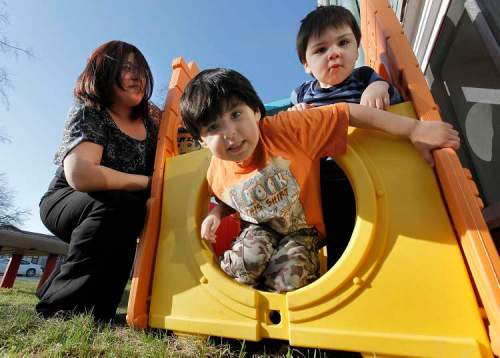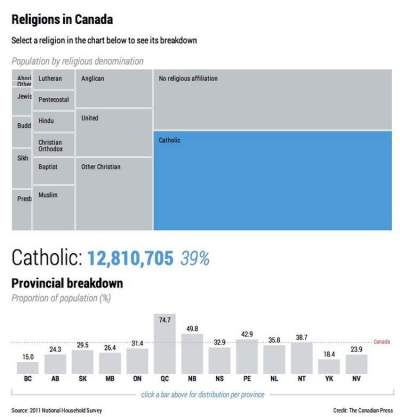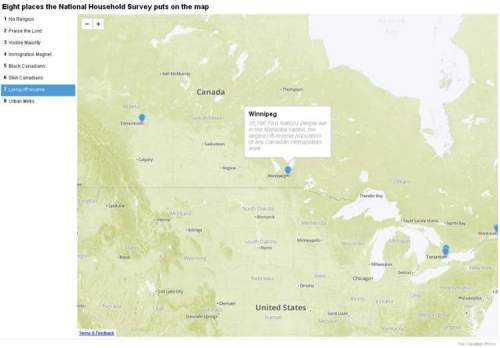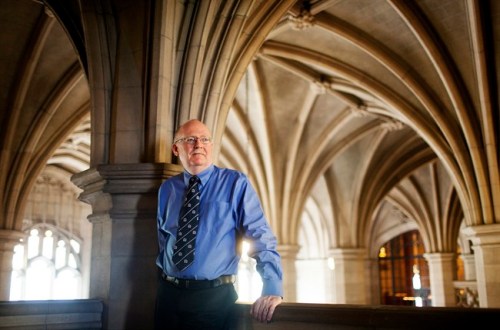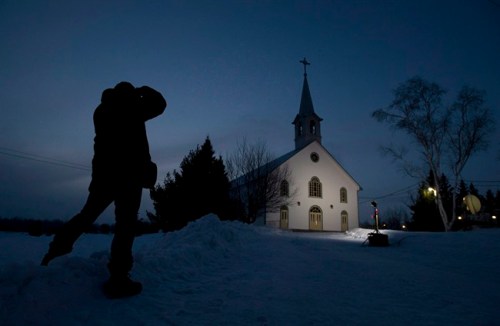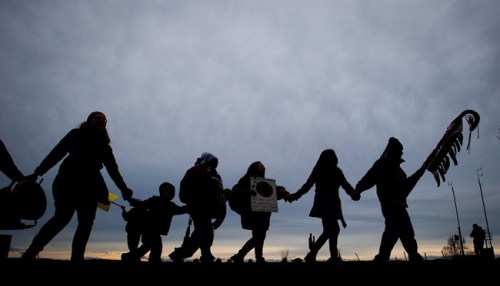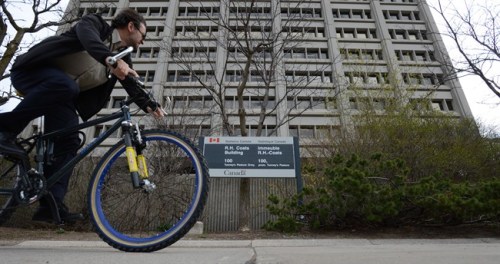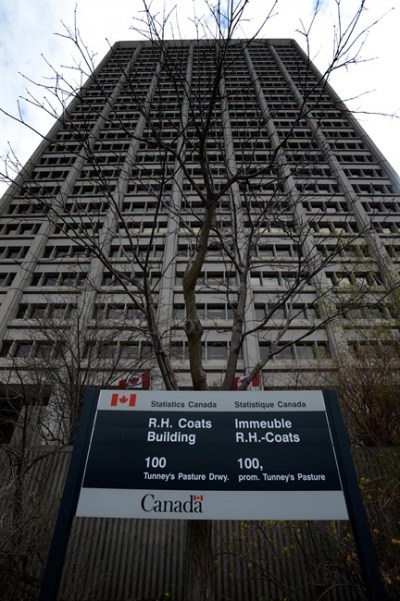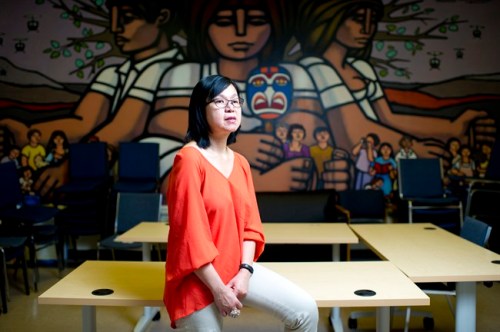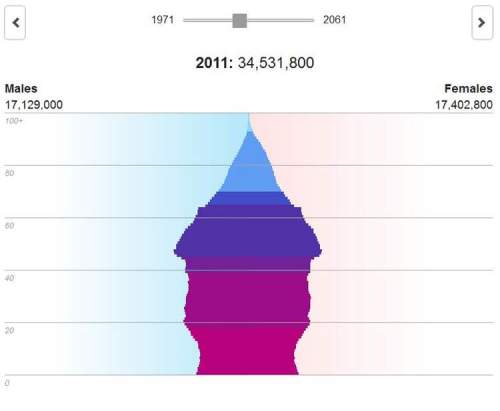Census 2011
Survey accurate within, well, nothing at all
4 minute read Thursday, May. 9, 2013DUE to the reduced accuracy of the nation’s new census methodology, the proportion of Canadians who are visible minorities is either “one in five” or “totally awesome.”
The face of the average Manitoban is either a 21-year-old aboriginal male or an 80-year-old Klingon warrior from the upcoming J.J. Abrams movie Star Trek: Into Darkness.
The number of Canadians who declare themselves as having no religion is either 23 per cent or Michael Stipe from R.E.M.
OK, so I’m being facetious. Unfortunately, no one really can say for certain what’s happening in this great and apparently growing nation, thanks to the federal government’s perplexing decision to do away with the mandatory, long-form census.
Advertisement
Weather
Winnipeg MB
-19°C, Cloudy with wind
City has highest aboriginal population
4 minute read Preview Thursday, May. 9, 2013Loss of census hits data in Tory heartland
4 minute read Thursday, May. 9, 2013OTTAWA - The federal government's decision to axe the long-form census has left parts of the Conservative heartland in western and rural Canada without some of the newest data on how its population is changing.
Statistics Canada released the first results Wednesday from the 2011 voluntary National Household Survey, the replacement for the long census. The data covered such topics as religion, visible minorities, aboriginals and immigration.
Prime Minister Stephen Harper's government in 2010 eliminated the mandatory long-form census, citing concerns over personal freedoms.
It boosted the number of households set to receive the new National Household Survey, but the response rate of 68 per cent fell well below the 94 per cent anticipated by Statistics Canada for a mandatory long-form census.
National Household Survey: highlights
1 minute read Wednesday, May. 8, 2013A glimpse of Canada's demographic makeup in 2013, based on information from the National Household Survey.
Religion in Canada: by the numbers
1 minute read Preview Wednesday, May. 8, 2013Winnipeg home to largest First Nation, Métis population
2 minute read Preview Wednesday, May. 8, 2013Religion in Canada, U.S.: two roads diverged
7 minute read Preview Thursday, May. 9, 2013Church looks for new ways to fill the pews
5 minute read Preview Thursday, May. 9, 2013Aboriginal population soars as language wanes
3 minute read Preview Wednesday, May. 8, 2013Compare census, NHS at own risk: Statcan
4 minute read Wednesday, May. 8, 2013OTTAWA - The first pack of data from 2011's National Household Survey comes with the census equivalent of a Surgeon General's warning: make any historical comparisons at your own risk.
Slapped across the back pages of most of the Statistics Canada documents released Wednesday is a disclaimer that the voluntary National Household Survey is an altogether different beast than the now-scrapped mandatory long-form census.
The Harper government touched off a controversy in 2010 when it decided to replace the mandatory long-form census with a voluntary survey. Demographers, analysts and insiders fretted that the quality of the data would suffer, especially when it comes to studying smaller geographic areas — towns and neighbourhoods for example.
The agency's note to readers would appear to validate some of their concerns.
Fewer Jedis in a galaxy not so far away
3 minute read Preview Thursday, May. 9, 2013Highlights of 2011 National Household Survey
2 minute read Preview Wednesday, May. 8, 2013Canada is one-fifth foreign-born: NHS
5 minute read Preview Wednesday, May. 8, 2013Long-form census replacement makes its debut
5 minute read Preview Thursday, May. 9, 2013INTERACTIVE: Canada’s age pyramid
1 minute read Preview Tuesday, May. 29, 2012Letting the numbers tell the story behind Canada’s 2011 census
2 minute read Tuesday, May. 29, 2012OTTAWA - A by-the-numbers look at some of the latest information from the 2011 census, released Tuesday by Statistics Canada:
3,795: The number of people in Canada aged 100 and older in 2001.
5,825: The number of people in Canada aged 100 and older in 2011.
78,300: The number of people in Canada aged 100 and older in the year 2061, according to Statistics Canada projections.
LOAD MORE


